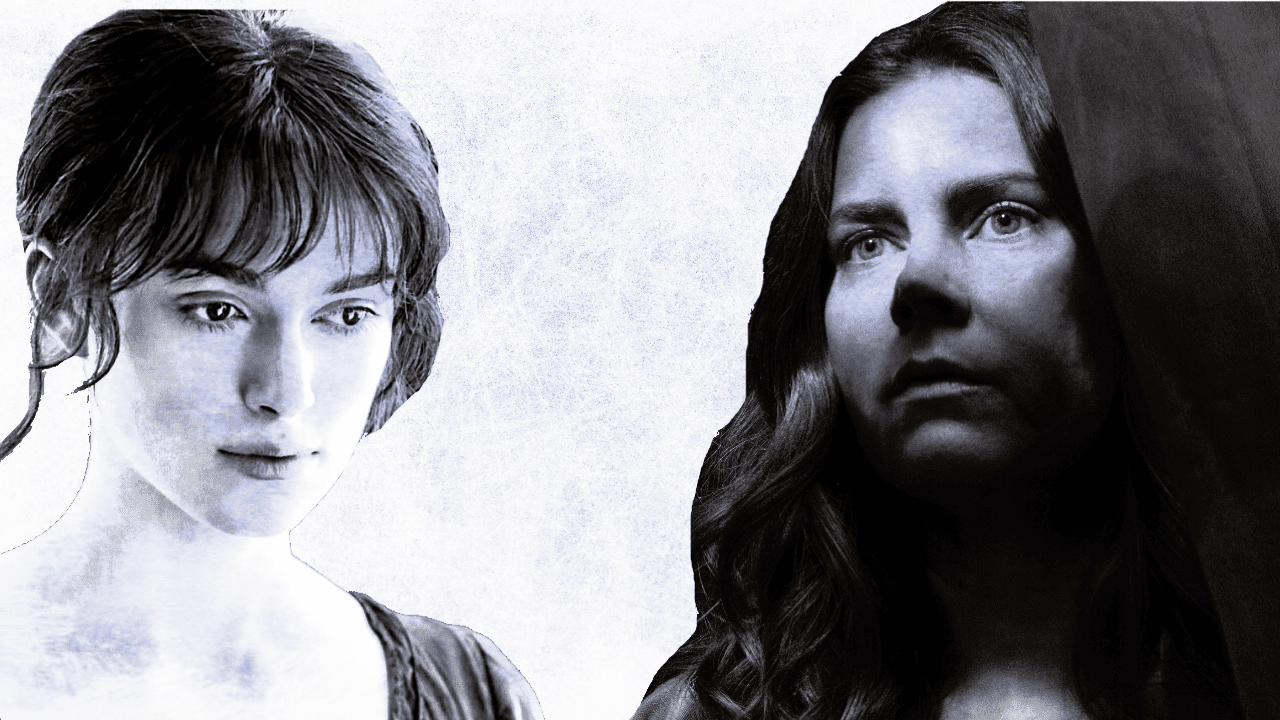Joe Wright’s 2005 debut Pride & Prejudice has become the definitive adaptation of Jane Austen’s beloved novel. Last week Netflix released his latest film, The Woman in the Window, to abysmal reviews. Lucy Clarke asks: what happened?
Many of the reviews for The Woman in the Window claim that the whole production was an awful blip in many of the cast and crew’s careers. It has been followed by a cloud of misfortune, including development hell, and the reveal that the book’s author A.J Finn had plagiarised portions of the book. Last week it was shunted onto the streaming platform with little fanfare, and although there was still audience interest in the film, it was clear that Netflix was aware of what they had on their hands. In my mind, the only surprise was that many considered this film to be a one-off flop in the directorial career of Joe Wright. His last decade of filmmaking has been spent, half-heartedly, playing around with different genres, with no efforts being as memorable as his early three period dramas: Pride & Prejudice, Atonement and Anna Karenina.
Midway through Pride & Prejudice is a scene so electric, that it embodies why Joe Wright’s early works remain his most iconic. Keira Knightley, as the Austen heroine Lizzie Bennet, dashes across a bridge in verdant English parkland while the rain lashes down on her. She pauses under a pagoda to wait for the storm to dissipate. As the score soars, she is interrupted by Mr Darcy (Matthew Macfadyen), who surprises her by awkwardly proposing. Wright transforms the original scene, which took place in a dowdy, quiet sitting room in the book and the BBC version. Instead, his interpretation becomes intensely romantically charged, tense and sexy in a film where the steamiest thing about it is a bowl of boiled potatoes.
Many of Joe Wright’s early works hinged on unspeakable desire. His films are set in times before sexual revolutions relaxed relationships between men and women. Every stolen glance, close-up of a hand and restrained but polite “how do you do?” is loaded with unspeakable passion. A period drama isn’t just a few powdered wigs and lavish costumes: instead, they thrum with danger. To flirt with the wrong man could lead to a lifetime of ruin, and each dance could generate a whirlwind of gossip. This intensity is everywhere in Wright’s first three films—from Robbie’s horror in Atonement as his lewd note is passed onto Cecilia, to Anna Karenina and Count Vronsky’s solo, manic waltz. In the mid and late 2000s, it seemed as though Wright would make a name for himself as a successor of Merchant Ivory (A Room with a View, Maurice, Howards End, The Remains of the Day). In an era when the rom-com was dying out, Wright’s popular romances seemed to be one of the last earnest attempts for romantic movies in the barren Hollywood landscape.
Read more: Joe Wright To Adapt ‘Cyrano De Bergerac’ Starring Peter Dinklage
Why then, in the last decade, has Joe Wright replaced simmering desire with sexless tosh? Anna Karenina was Keira Knightley and Joe Wright’s final collaboration. It’s as if without his leading lady, Wright became rudderless and adrift. Did the same Oscar-nominated director of Atonement really create the critically panned Pan? Although he received Oscar buzz and good reviews for The Darkest Hour, it is no more memorable than every other well-received Oscar-bait biopic. Wright has become oddly famous for his beautiful cinematography instead of his themes of the repressed passion of the upper classes, which were so prominent in his first three features. Although the camera swirls beautifully around the Netherfield ballroom in Pride & Prejudice, it is the magnetism between the two leads that draws the audience in. Throughout all of his work, he pays homage to other films or artistic movements. The farmyard and the burnished browns and olive greens in Pride & Prejudice recall such artists as Jerome Thompson, and many of Atonement’s scenes are based on moments in David Lean’s In Which We Serve and Brief Encounter.
It isn’t necessary to understand these references to enjoy these films. However, these hidden delights for cinephiles become a crutch in The Woman in the Window. There are constant nods to Hitchcock’s films from Rear Window to Spellbound, which remind you that you could be spending your time watching something a lot better. The only downside is that none of these films are available on the streaming behemoth. Joe Wright has become well known for his visuals and cinematic references, but they are not what made the first three of his features into the successes that they are.
Keira Knightley has often said that her collaboration with Wright was one of the most important in her career, and it might be said that her collaboration with Wright was his best work too. Although The Woman in the Window was stacked with impressive talent—and for many, the film may just be a blip in the cast’s otherwise impressive filmographies—in Wright’s case, it’s indicative that it’s time to go back to the period drama path. Fans of Atonement, Pride and Prejudice and Anna Karenina are surely waiting at the other end.
Words by Lucy Clarke
Support The Indiependent
We’re trying to raise £200 a month to help cover our operational costs. This includes our ‘Writer of the Month’ awards, where we recognise the amazing work produced by our contributor team. If you’ve enjoyed reading our site, we’d really appreciate it if you could donate to The Indiependent. Whether you can give £1 or £10, you’d be making a huge difference to our small team.
